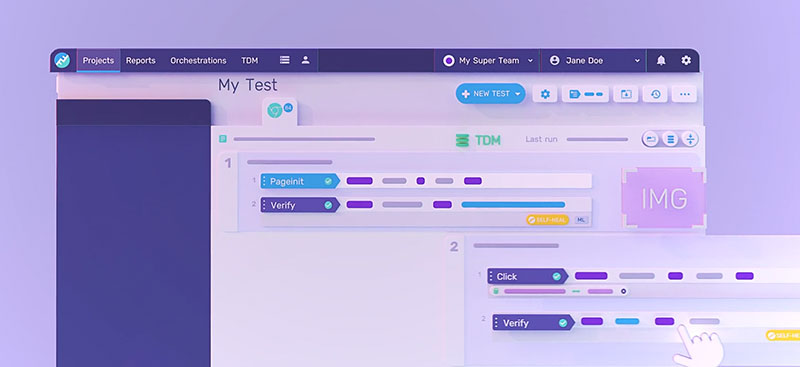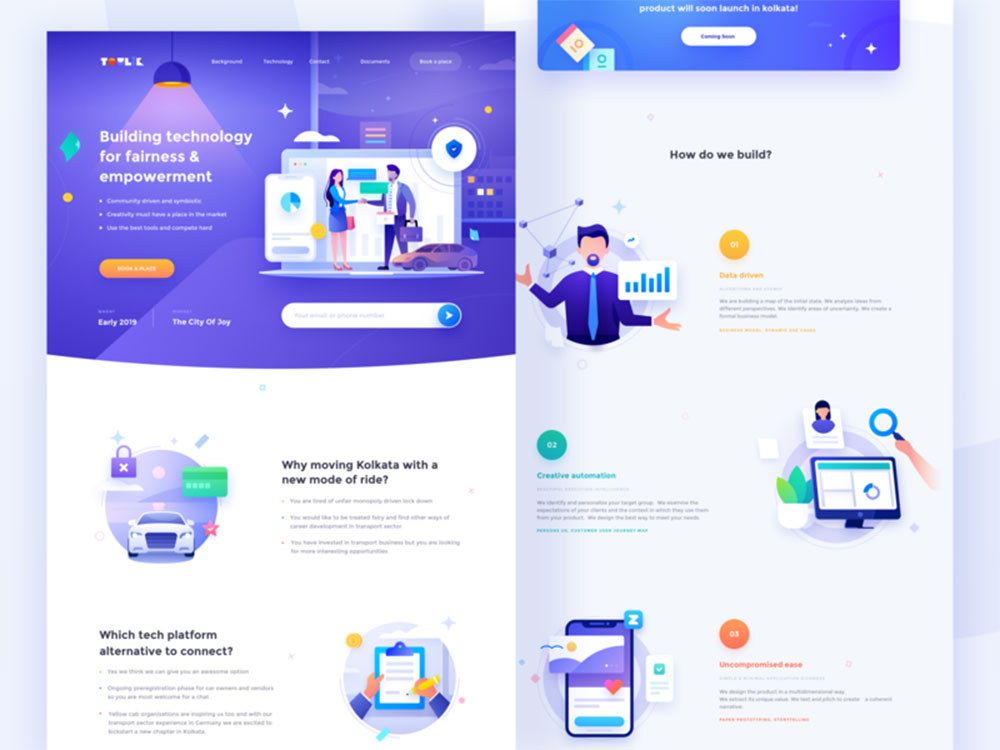Delivering Visually Stunning Apps and Websites With The Help of Automation Testing

The aesthetic attractiveness of applications and websites is extremely important in today’s digital world. Interfaces that are aesthetically appealing to users are more engaging and successful. Testing meticulously is necessary to achieve such quality, and automated testing is a key component of this process.
Developers may quickly and completely evaluate the aesthetic elements of their works by using automated testing techniques. This essay examines how important automated testing is in producing aesthetically appealing applications and web pages. We’ll look into the advantages it provides, illuminating its effect on user experience and general success in the cutthroat world of software development.
Understanding Automation Testing
An essential component of contemporary software development, automation testing dramatically accelerates the testing process. It includes executing test cases and automatically validating program functioning using specialized software tools. By implementing automated testing, development teams may increase productivity, find errors early, and speed up release cycles. Several automated testing tools and frameworks are available to accommodate various project needs and tech stacks.
A few well-liked choices are Functionize, Selenium, Appium, and TestComplete, each with particular advantages and prowess. A detailed grasp of the project requirements and the underlying technology is necessary for selecting the appropriate tool. Automation software testing services require special consideration when it comes to visual components.
Testers must use the best visual testing tools like Applitools, Functionize, Percy, and Cypress, to guarantee consistent visual integrity across diverse platforms, as these tools will make it simpler for teams working on software to identify visual flaws and variances.
Integrating Visual Testing in Automation
In software development, visual testing ensures that websites and applications meet customers’ expectations for visually beautiful experiences. Developers may expedite their testing processes and raise the caliber of their final products by integrating visual testing into automation frameworks. Visual testing assesses the design and layout of graphical user interfaces (GUIs) instead of conventional functional testing, which largely concentrates on functionality.
It ensures that UI elements like buttons, photos, and text are accurately presented, resulting in an appealing user experience. Comparing visual testing to conventional functional testing reveals that the former enhances the latter by covering areas that functional testing could otherwise miss. Visual testing confirms that the app’s features are displayed coherently and consistently.
In contrast, functional testing ensures the features perform as intended. Together, these testing strategies offer a more thorough assessment of the product. Developers may efficiently and successfully run visual tests by utilizing automation tools and scripts. Including visual testing in automated processes ensures that GUI modifications are carefully scrutinized, avoiding undesired regressions and inconsistencies.
Advantages of Automation Testing for Visual Elements
Numerous advantages that improve the software development process and product quality are provided by including automated testing for visual components.
Increased efficiency and test coverage
The improved test coverage and efficiency are two major benefits. Automated visual tests can quickly validate various visual situations, guaranteeing thorough coverage without sacrificing performance. Thanks to this faster testing approach, developers may save time and money by catching aesthetic flaws early on in the development cycle.
Elimination of human errors in visual inspection
Visual examination is free of human mistakes thanks to automation testing. Due to exhaustion or oversight, humans are prone to missing visual anomalies. Automated visual testing allows for precise and consistent evaluations, which yields more trustworthy findings.
Faster software release cycle
Time-to-market is shortened, and release cycles are facilitated through automation testing. Developers may swiftly validate the visual components of each build by automating repeated visual tests, enabling on-time releases, and fulfilling strict project deadlines.
Key Challenges and How to Overcome Them
Despite the benefits, using visual testing in automation poses particular difficulties. To achieve successful test results, it is essential to overcome these obstacles. Dealing with responsive design and dynamic content is one problem. Visual components may change dynamically when applications and web pages adjust to various screen sizes and orientations.
Testers must write adaptive test scripts considering different display circumstances to get around this. Another difficulty is dealing with aesthetic differences across different browsers and devices. There can be errors since various platforms may render items differently.
Testers must use cross-browser and cross-device testing techniques to find and fix these issues. It’s necessary to guarantee accuracy and dependability while making visual comparisons. To prevent false positives and negatives during automated testing, testers must create baseline pictures to compare against.
Best Practices for Delivering Visually Stunning Apps and Websites
Several best practices help direct the development process to produce aesthetically attractive applications and websites. The first step is to develop a thorough automation plan. Prioritize those visual components in your automation efforts essential for the app’s success. Testing the most important visual components guarantees they are properly analyzed, resulting in improved user experiences.
Last, visual testing will be a necessary component of the software development lifecycle if automated testing is included in the development process. Businesses can confidently create excellent user experiences by implementing automated testing for aesthetically attractive applications and websites.
Conclusion
Visual testing plays a vital part in software development by guaranteeing aesthetically pleasing apps and websites. Developers may increase productivity, lower human error rates, and shorten time-to-market by incorporating visual testing into automation frameworks. To create aesthetically pleasing software, automation testing is essential. Automation testing will help companies provide excellent user experiences that increase client happiness and loyalty.
- The Warsteiner Logo History, Colors, Font, And Meaning - 11 May 2024
- Green Color Palettes for Designers To Use - 11 May 2024
- Digital Style: What Font Does Cash App Use? - 11 May 2024









